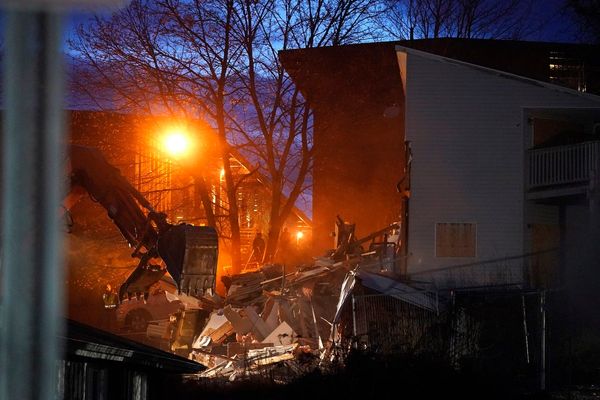
The push-up is one of the best upper-body exercises because of the sheer number of muscles push-ups work, which include the chest, shoulders, triceps and core.
The flipside is that you need strength in all of those muscles to perform a push-up, so don't feel disheartened if you can't do a push-up yet, you just need to spend some time improving your upper-body strength. Personal trainer Kayne Goldfinch recently shared an Instagram Reel with his favorite progression to help you get there.
"Negative push-ups are useful because they build strength in a wide range of motion and they also engage the muscles used during push-ups," Goldfinch tells Fit&Well. That's because the negative push-up is simply the first part of a push-up—the lowering phase.
How to do a negative push-up
Goldfinch demonstrated a negative push-up in his Instagram Reel and gave me more advice on how to do it. "Set your hands underneath or slightly outside the shoulders and have the hips slightly below the shoulders," says Goldfinch. "Squeeze the glutes and stomach muscles, and lower the body slowly towards the ground. Have the elbows tucked into the body and think about going down chest first."
The benefits of push-up progressions
Doing a negative push-up will help you strengthen the same muscles you need to do a full push-up.
Goldfinch also recommends doing elevated push-ups to help you build strength. "I like to do these using a squat rack and a barbell, which means people can do push-ups to suit their fitness level by adjusting the bar," he explains.
You can also use a bench, a box, or even your sofa if you're working out from home to do elevated push-ups. But Goldfinch says that using a squat rack to adjust the bar to the right height "provides a measurable target and shows visible progress" because as your strength improves, you can set the bar at a lower height.
If you're still working on push-ups you may not be familiar with squat racks, but you all need to know is the simple technique for moving the J-hooks which the barbell rests on. This video explains how.
Are elevated push-ups and negative push-ups better than knee push-ups?
It's common for people who struggle with push-ups to be directed to performing push-ups on your knees, but Goldfinch recommends elevated or negative push-ups instead.
"The elevated push-up and the negative push-up allow you to improve strength through the entire range motion needed for a push-up," says Goldfinch. "This is important when working towards that first push-up."
Unlike the elevated push-up, the knee push-up is difficult to progress and "doesn't provide enough resistance to build towards a full push-up".







